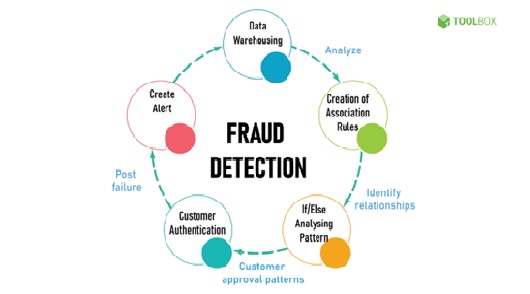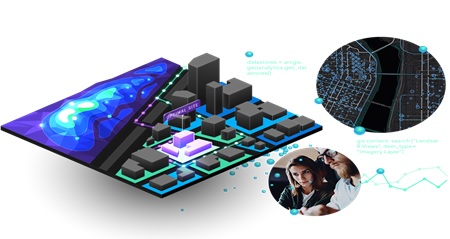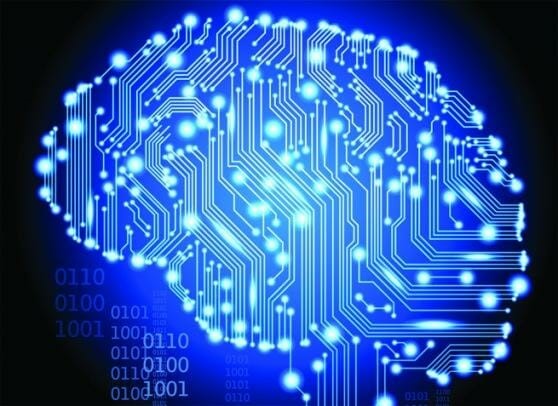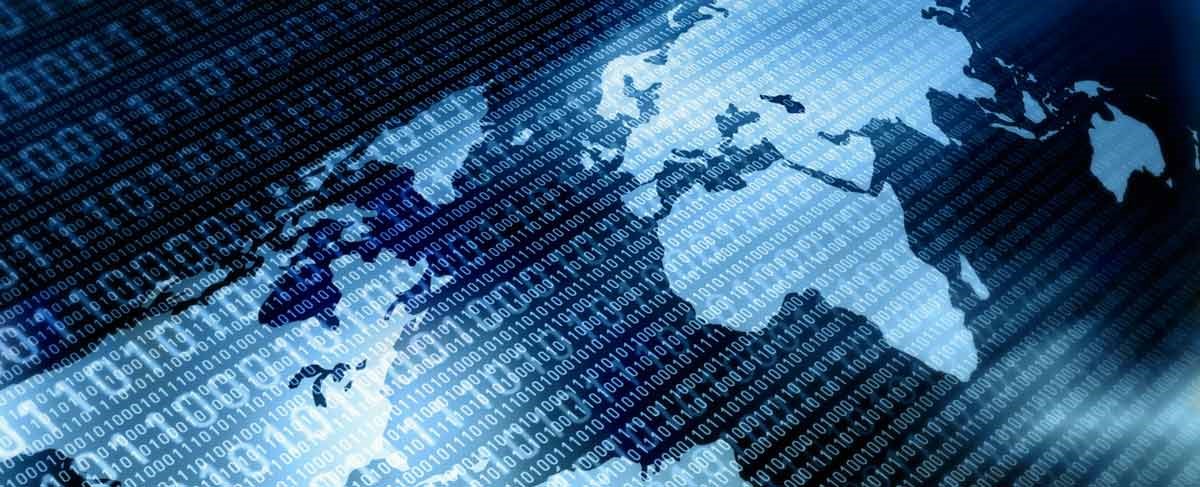The Power of Wireless Sensors: From Data to Insights
Wireless sensors are small devices used to detect environmental factors such as temperature, humidity, pressure, and light, among others. These sensors have application in a variety of areas, including healthcare, industry, agriculture, and transportation. Wireless sensors are a rapidly expanding industry area in the Internet of Things (IoT). They are devices that monitor a range of environmental factors, including temperature, humidity, pressure, and light. These sensors are becoming more common in a variety of industries, ranging from healthcare and manufacturing to agriculture and transportation.[1]
Wireless sensors have seen considerable advancements and trends in recent years. The development of low-power, long-range wireless communication technology is one of the most significant trends. These technologies, such as Lora WAN and NB-IoT, enable wireless sensors to function for years on a single charge and send data across large distances, even in difficult circumstances.[1]

Figure 1.The Power of Wireless Sensors: From Data to Insights
Figure 1 shows Wireless sensors have become increasingly powerful tools in various industries, enabling the collection of data in real-time and transforming it into valuable insights. In 2023, the power of wireless sensors is even more pronounced, as advancements in technology continue to enhance their capabilities.
Here are some key points highlighting the significance of wireless sensors in converting data into insights:
- Real-time data collection:Wireless sensors enable the continuous and remote monitoring of various parameters, such as temperature, humidity, pressure, motion, and more. They eliminate the need for manual data collection, providing instant access to real-time information. This enables businesses to make timely decisions and respond quickly to changes or anomalies.
- Enhanced data accuracy:Wireless sensors can offer high levels of accuracy in data collection, reducing human errors and biases. With precise and reliable data, organizations can make informed decisions based on actual conditions rather than assumptions.
- Scalability and flexibilityWireless sensor networks can be easily scaled up or down based on the requirements of a particular application. Whether it's a small-scale deployment or a large-scale implementation, wireless sensors provide the flexibility to adapt to different environments and accommodate varying data collection needs.
- Cost-effective solutionWireless sensors can be a cost-effective alternative compared to traditional wired sensors. They eliminate the need for extensive wiring infrastructure, reducing installation and maintenance costs. Moreover, their wireless connectivity allows for easy repositioning or relocation, providing further cost savings.
- Improved data accessibilityWireless sensors enable data to be transmitted wirelessly to central databases or cloud platforms, making it accessible to authorized stakeholders from anywhere at any time. This facilitates remote monitoring, analysis, and decision-making, enhancing operational efficiency
- Data analytics and insightsThe real value of wireless sensors lies in the insights derived from the collected data. Advanced data analytics techniques, such as machine learning and artificial intelligence, can be applied to process and analyse the data. These techniques help identify patterns, trends, and anomalies, enabling organizations to gain valuable insights and make data-driven decisions.
- Application diversityWireless sensors find applications in various industries, including manufacturing, healthcare, agriculture, environmental monitoring, smart cities, and more. They can be used to optimize processes, improve resource utilization, enhance product quality, ensure safety, and enable predictive maintenance, among other benefits.
In conclusion, wireless sensors play a crucial role in converting data into actionable insights in 2023. Their real-time data collection, accuracy, scalability, cost-effectiveness, and integration with advanced analytics techniques make them indispensable tools for businesses and industries seeking to harness the power of data for improved decision-making and operational efficiency.
References:
- https://www.datasciencecentral.com/from-data-to-insights-the-power-of-wireless-sensors/
Cite this article:
Janani R (2023),The Power of Wireless Sensors: From Data to Insights , AnaTechMaz ,pp.85















